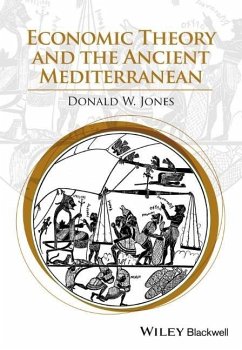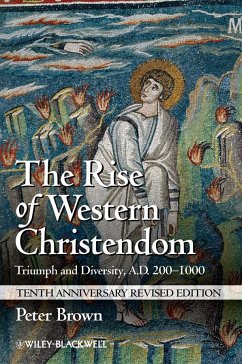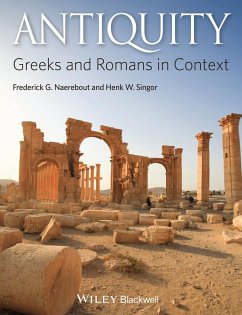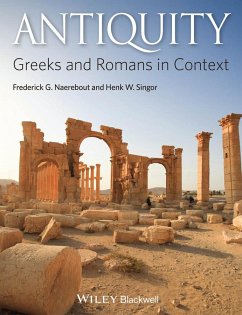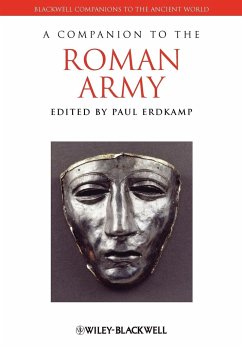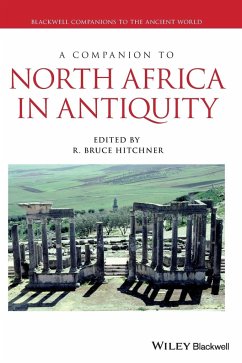Nicht lieferbar
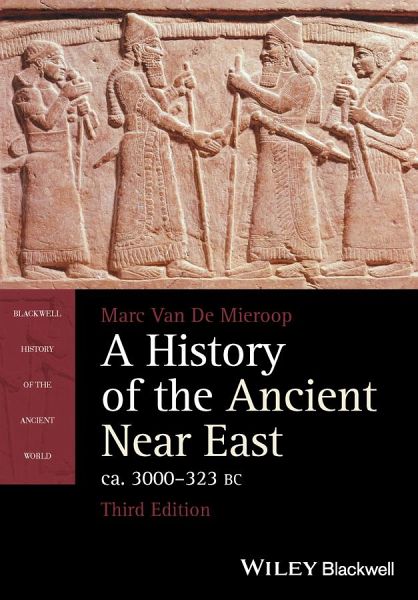
A History of the Ancient Near East, ca. 3000-323 BC
Versandkostenfrei!
Nicht lieferbar
Incorporating the latest scholarly research, the third edition of A History of the Ancient Near East ca. 3000-323 BC presents a comprehensive overview of the multicultural civilizations of the ancient Near East.Integrates the most up-to-date research, and includes a richer selection of supplementary materialsAddresses the wide variety of political, social, and cultural developments in the ancient Near EastUpdated features include new "Key Debate" boxes at the end of each chapter to engage students with various perspectives on a range of critical issues; a comprehensive timeline of events; and ...
Incorporating the latest scholarly research, the third edition of A History of the Ancient Near East ca. 3000-323 BC presents a comprehensive overview of the multicultural civilizations of the ancient Near East.
Integrates the most up-to-date research, and includes a richer selection of supplementary materials
Addresses the wide variety of political, social, and cultural developments in the ancient Near East
Updated features include new "Key Debate" boxes at the end of each chapter to engage students with various perspectives on a range of critical issues; a comprehensive timeline of events; and 46 new illustrations, including 12 color photos
Features a new chapter addressing governance and continuity in the region during the Persian Empire
Offers in-depth, accessible discussions of key texts and sources, including the Bible and the Epic of Gilgamesh
Integrates the most up-to-date research, and includes a richer selection of supplementary materials
Addresses the wide variety of political, social, and cultural developments in the ancient Near East
Updated features include new "Key Debate" boxes at the end of each chapter to engage students with various perspectives on a range of critical issues; a comprehensive timeline of events; and 46 new illustrations, including 12 color photos
Features a new chapter addressing governance and continuity in the region during the Persian Empire
Offers in-depth, accessible discussions of key texts and sources, including the Bible and the Epic of Gilgamesh





